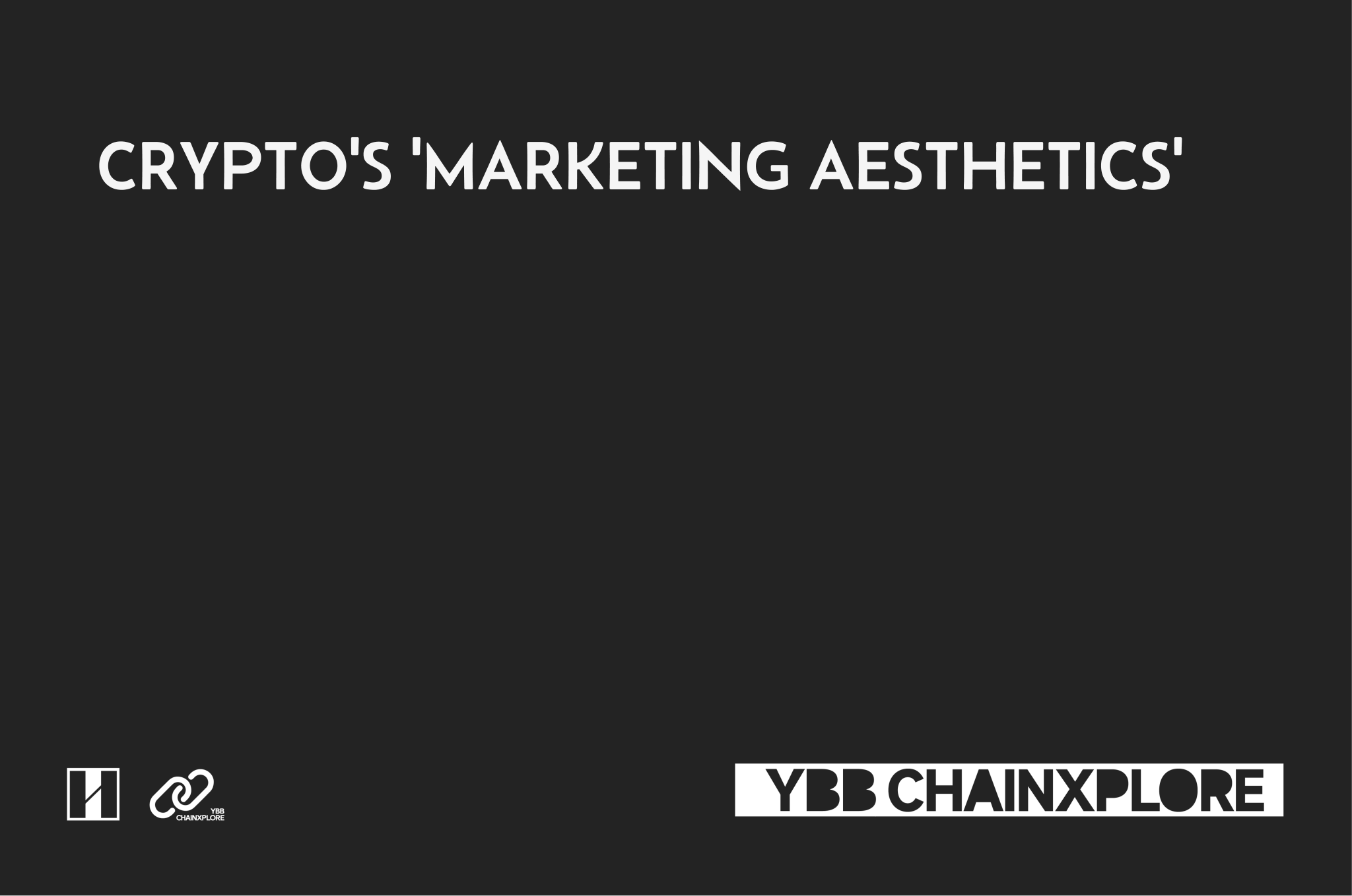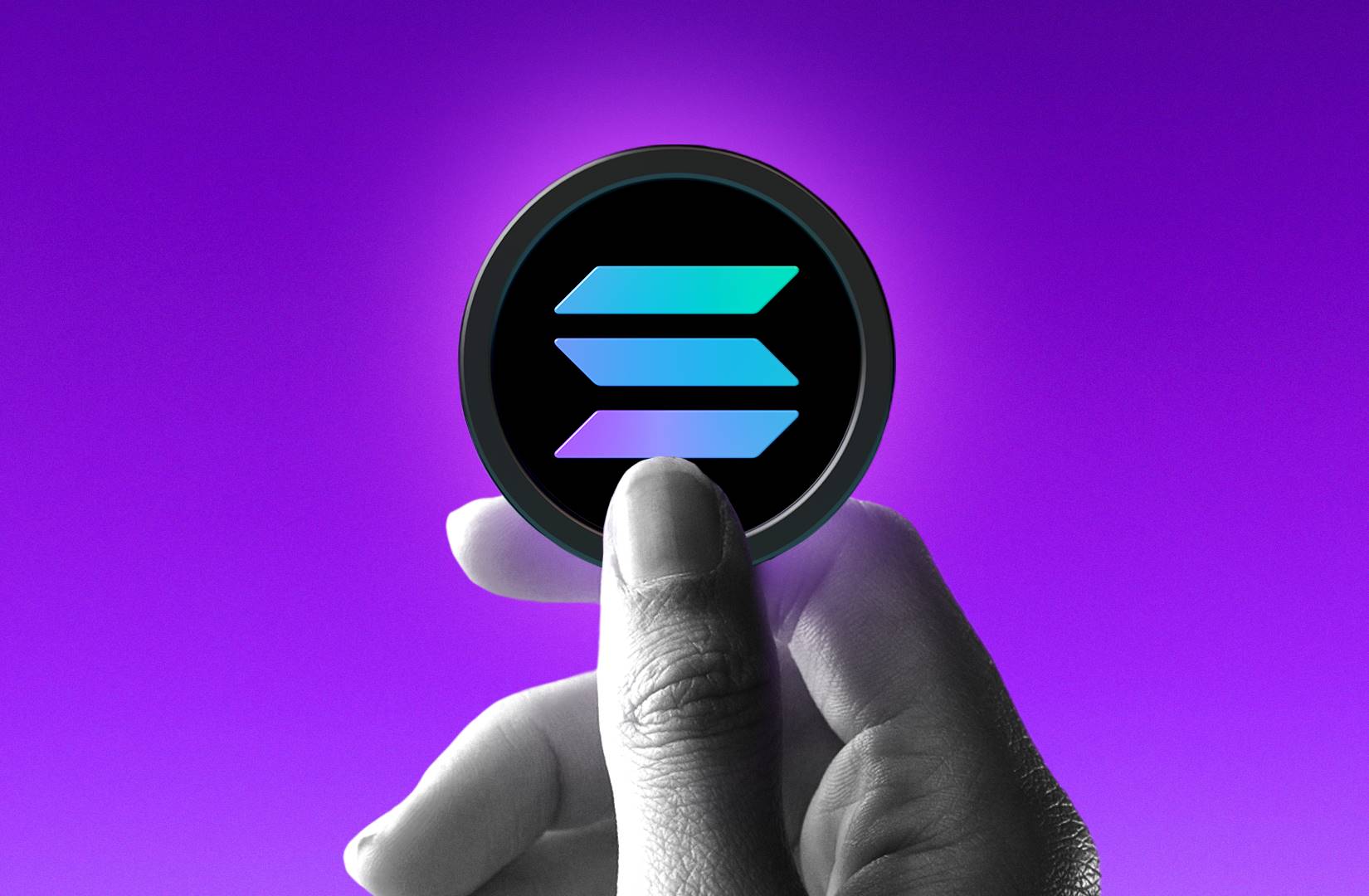The rise of tokens, the prosperity of projects, and the revival of public chains essentially stem from a successful marketing campaign.
Author: YBB Capital Researcher Zeke

## 1. Celebrity Coins: From Birth to Marketing
Warren Buffett has continued the charitable legacy of his late wife, Susan Buffett, for 23 years, transforming the admiration of a group of business elites into a globally recognized "time auction," creating the most iconic "expensive lunch" model in the history of human charity.
The monetization of celebrity time is not uncommon in Web3, from the ancient Time New Bank to the later Friend.tech, the path of SocialFi has been explored for over seven or eight years, but in most cases, it has been more noise than substance. After all, in the on-chain world, the importance of speculative trading often outweighs this "fragile social" established through tokens. Most users are not genuinely interested in the exclusive insights shared by celebrities but are focused on the "volume and price" of the celebrities. In other words, for top celebrities, the profit pool of SocialFi platforms is too small and cumbersome; for KOLs, their already scarce influence appears awkward and foolish in a price-transparent and sparsely populated SocialFi platform.
The lack of accumulation means that the path of SocialFi is currently unfeasible, so the monetization path of celebrity value in Web3 needs to be differentiated, transitioned, and then evolved. A paid subscription community, a blue-ticked X account—this combination with accumulation from Web2 is what KOLs currently need. However, the value conversion path for top celebrities has never been smooth, much like a large enterprise with millions of products waiting to be dumped; To B is not cost-effective, and To C lacks a carrier.
The transition from the monetization of time to the monetization of influence is a relatively successful first step in the exploration of paths, with NFTs serving as this carrier for a long time. However, it is evident that the characteristics of NFTs—emphasizing scarcity, fixed-price sales, and lack of liquidity—do not satisfy both buyers and sellers. This form of selling souvenirs has failed after the BTC ecosystem went silent.
The value of celebrities needs a new carrier. Although the answer has long been hidden in the story of Musk and Doge, this matter still requires some opportunities. Last year, the token issuance frenzy of Pump.fun swept through the crypto circle, and the Meme craze coincided with the U.S. presidential election, during which various grassroots-issued presidential coins emerged. The extremely high price increases and popularity made some behind-the-scenes operators in the crypto circle smell opportunity, inducing real celebrities to issue tokens through contracts or inducements, while the rest was left to them to operate. This sounds somewhat similar to the collaboration model between MCN agencies and influencers, but the actual situation is quite violent. From Caitlyn Jenner (American Olympic decathlon champion and one of Trump’s biggest fans) with JENNER to President Milei’s LIBRA. It starts with a tweet and ends with a vertically descending candlestick. The entire process can take several days or, in some cases, just a few hours to complete the harvest. Then the script often involves social media influencers launching an emergency "investigation," with the token issuance team posting to shift blame, ultimately leading to a dead end, and the concept of celebrity coins was born amidst this chaos.
Nevertheless, this path has indeed become very clear. From the initial effectiveness perspective, the low-threshold distribution channel of Meme is perfect, but what happens to celebrity Memes lacking intrinsic value when the heat dissipates and PvP ends? The question shifts from the carrier to longevity. AI Agents can tell you about the future of humanity, RWA can describe a Hundred Trillion track, but what story can celebrity coins tell?
Trump's answer is quite cliché; he wants to offer a "presidential time" bonus to the first 220 holders of TRUMP, while the top 25 holders will be invited to a special VIP tour of the White House the next day. The value support of celebrity coins has rolled back to "time." In my view, this plan can save the short-term urgency of token unlocking but cannot support the long-term growth of token prices.

A sufficiently good Meme should emphasize emotion and narrative rather than empowerment. The value of celebrity coins is not the insights and time of celebrities but the stories of celebrities and the emotions behind them. Trump's dinner invitation feels more like selling a super expensive version of a Social Token; once presidential time ends, everything will dissipate. How to market TRUMP well? The crypto team behind Trump might want to consult with the Doge minister; Doge is tied to Musk, SpaceX, and Tesla. "To The Moon" is still a slogan etched in the hearts of crypto users, and the people's currency makes holders believe 1Doge=1U, challenging traditional finance aligns with the crypto gene. In fact, every point is Musk using his power to sell emotions to the public, even if most of these stories have yet to come true. The marketing of celebrity coins still has a long way to explore; the Meme-ification of personal influence should not be as crude as a tweet or a favorable news piece. Making money in the crypto circle is not detestable, but at least one must first understand the crypto circle.
## 2. The Evil Dragon
The project Blur is rarely mentioned anymore; the last time it was discussed was during the launch of the Blast points system.

As the narrative of NFTs fades, many stories have become part of the past, but the imprint left by Pacman will not disappear. Blur was able to slay the dragon OpenSea by relying on a combination of "Points + zero fees, royalties + social fission," completing a rural siege on the city in a PDD-style approach. The orange logo flooded Twitter on the day of the airdrop; I believe no NFT player will forget it. From a marketing perspective, Blur's three-pronged approach is invincible; it not only defeated competitors that other NFT platforms dared not imagine but also encouraged many users who had never played NFTs to join the score-boosting army, breaking multiple records in just a few months. Almost all Web3 projects after Blur have regarded this marketing template as a bible.
At that time, NFT players who had suffered from OpenSea for a long time were cheering, but Blur ultimately transformed from a dragon-slaying youth into an evil dragon. To start small, Airdrop3 was my first experience of aversion to Web3 incentive activities; Blur adopted a self-destructive approach to exchange for TVL and trading volume. At the beginning of the entire event, I had already stated that NFTs would accelerate their demise. The Bid For Airdrop mechanism encourages users to place orders without actually purchasing, leading to false demand and a spiraling price decline. The mechanism attracts arbitrageurs rather than genuine buyers; once the value of Blur's token collapses, all blue chips will be buried together. In my view, the subsequent death of NFTs was initiated by Blur's Bid incentives, while the launch of Azuki's Elementals series marked the conclusion. Of course, more fundamentally, NFTs have never found a suitable path (excluding Pudgy).
Subsequently, Pacman launched the NFT lending protocol Blend and the Ethereum Layer2 Blast. The strategies of these two protocols basically continued Blur's underlying strategy. Blend uses a lending points reward mechanism, allowing users to earn airdrop points by participating in NFT collateral lending, continuing the logic of "trading is mining." Blast adopts a "deposit points + invitation points" model, where users can earn native Blast yields and airdrop points by staking ETH or stablecoins. The revenue logic of the former relies on common revenue methods in the lending market, such as lending interest and liquidation arbitrage. The latter achieves returns by staking ETH in DeFi protocols like Lido. Pacman has built a self-circulating crypto bank through the ETH locked in these three, but the returns given back to users are unequal. Aside from Blur's early returns being relatively abundant, the subsequent incentive activities of projects have basically announced the end of the airdrop era. Centralized points have turned all incentives into black boxes, with self-defined rules, and the spontaneous point system has been criticized by users.
What consequences has the points system triggered? First is false prosperity; when rewards become visible, users will lock assets into various protocols just to exchange for project tokens. Project parties can take these false user data and high TVL to raise funds everywhere, while VCs, accustomed to measuring value by data, suffer heavy losses. The second point is that it hinders innovation; doing well in projects is not as good as doing well in activities, and truly technical projects that do not understand marketing are buried. The third point is the fragmentation of liquidity; truly valuable assets are locked in various protocols just to participate in this seemingly risk-free game. The fourth point, and the most important one, is that when the points system is introduced, it is equivalent to issuing tokens openly. A large number of studios, retail investors, and whales flood in just to compete for a small piece of the pie. Either they compete in quantity or in funds, and there are often cases where the distribution per retail investor is so small that it barely covers gas fees, marking the true end of the airdrop era.
Today, the points system remains the mainstream model in Web3, with "points mining" promoting a speculative culture, and the Point Market amplifying this phenomenon. The incentives of airdrops have fundamentally altered the essence of early users and communities; the airdrop era initiated by Uni years ago was well-intentioned, promoting DeFi Summer and achieving genuine user retention and growth. However, in this era, every project launch signifies a large withdrawal of funds and the emergence of a "ghost town." If projects cancel this model, they will fall into a more passive situation; in this dilemma, users can only seek new habitats.
## 3. Public Chains
Ethereum developed and relied on a technical path during the barbaric era and adhered to decentralization, which formed the vast ecosystem we see today. However, the path to success varies in each era. If we were to look back ten years, who would have thought that Tencent could not replicate a short video platform, or that Taobao would ultimately be eliminated by an e-commerce platform filled with cutthroat competition? Similarly, two years ago, I could not have imagined that Solana would one day truly trip up a giant. But that is the reality; in this era where the application layer is stagnant, marketing and practicality outweigh so-called technical faith.
Two days ago, the Ethereum Foundation (EF) published three articles reiterating Ethereum's future vision and foundation management structure. The key information revealed is not complicated: first, the decentralization of EF's power, strategically intervening in projects when necessary and proactively withdrawing when not needed. Second, the restructuring of EF's leadership to enhance execution efficiency and strengthen communication with the community. Third, maintaining a technical path of sharding expansion while exploring RISC-V as a replacement for EVM. Although the overall tone still feels somewhat puritanical, EF has indeed lowered its proud posture.
But is this really the problem with Ethereum? I can only say it is related, but not absolute. Some of the changes mentioned above mainly focus on user dissatisfaction with the EF, and the unwillingness to integrate into the secular world is also a root cause of Ethereum's issues, with Vitalik being the person in question. It is not wrong to not understand or want to understand Meme culture, but the problem lies in Vitalik still having an absolute leadership role in Ethereum. A project with a market cap of $220 billion is led by a somewhat willful and idealistic young man who is unwilling to accept the current mainstream culture in the circle; thus, this sense of loneliness is merely inevitable. However, fortunately, among the many aloof Layer 2s, there is still a spark like Base that can engage with Solana. If I were part of the EF, I would definitely apply to CB for some external support.
Looking at BNB from a non-conspiracy perspective, at least CZ, another leader who does not understand Meme culture, is making every effort to embrace these concepts. In the time since his release from prison, he has also brought forth hot tracks like DeSci, but the lack of a foundational base in the West makes each of BNB's booms seem somewhat fleeting.
Solana's victory lies in its lower profile. After the collapse of SBF, Solana is no different from a child who has lost parental protection. In the face of the giant that is Ethereum, it must seize every opportunity. Starting with the catalyst of Silly Dragon, followed by various super Memes, Dapps, and PayFi. In the past, we often joked that Solana was a single-player chain, but in terms of its inclusiveness and support for the ecosystem, it appears to be more decentralized.

It is not Pump.fun that turned Solana around, but rather that Pump.fun could only be born from the soil of Solana. This is reminiscent of the relationship between Uni and Ethereum from a few years ago. The core marketing concept of Solana is that it is the first chain for non-technical users: civilian, easy to use, and efficient. As Crypto moves towards Western mainstream users today, pragmatism reigns supreme, and the common people prevail. Solana is indeed suitable to become the first chain.
## Conclusion
I have omitted the stories about marketing related to NFT and GameFi here. If both can be revived in the future, I may add them later. The narrative of the crypto world continues to evolve amidst the tug-of-war between technological idealism and human greed. The rise of tokens, the prosperity of projects, and the revival of public chains essentially originate from a successful marketing campaign. In the past, we listened to technological narratives, but now we must integrate into the secular world.
免责声明:本文章仅代表作者个人观点,不代表本平台的立场和观点。本文章仅供信息分享,不构成对任何人的任何投资建议。用户与作者之间的任何争议,与本平台无关。如网页中刊载的文章或图片涉及侵权,请提供相关的权利证明和身份证明发送邮件到support@aicoin.com,本平台相关工作人员将会进行核查。




